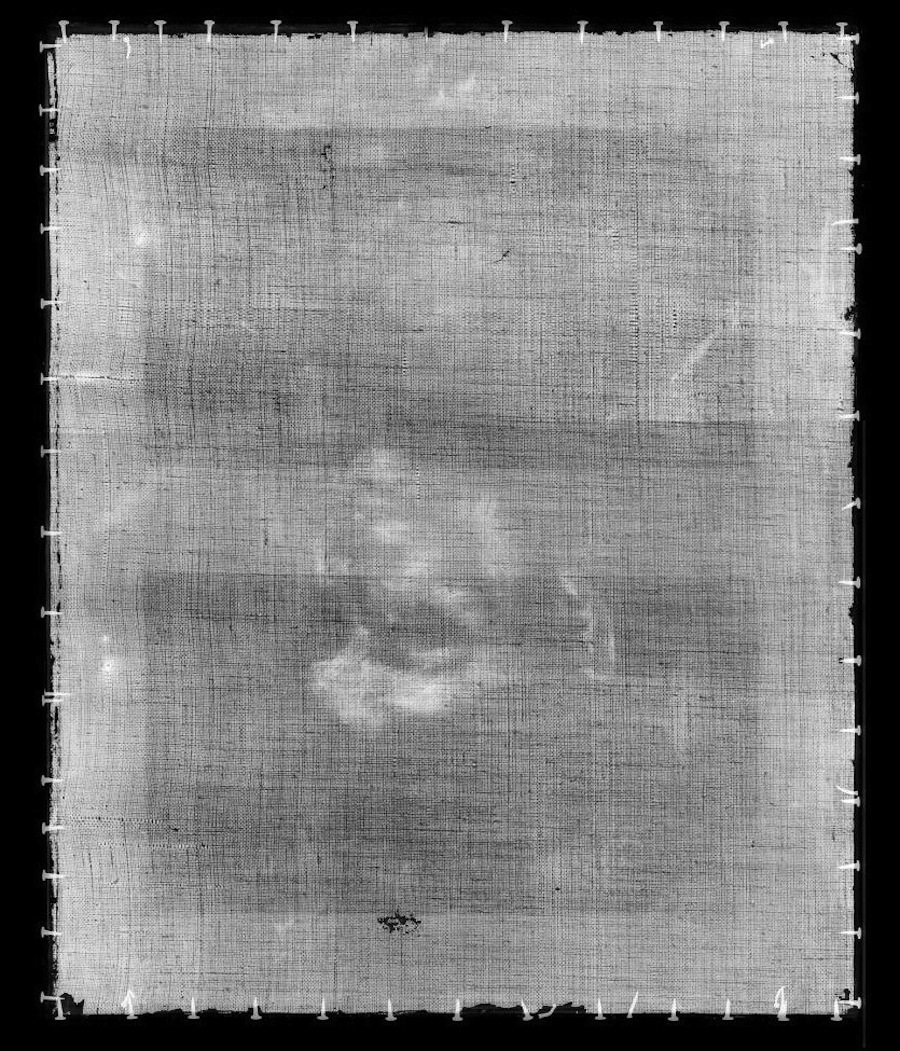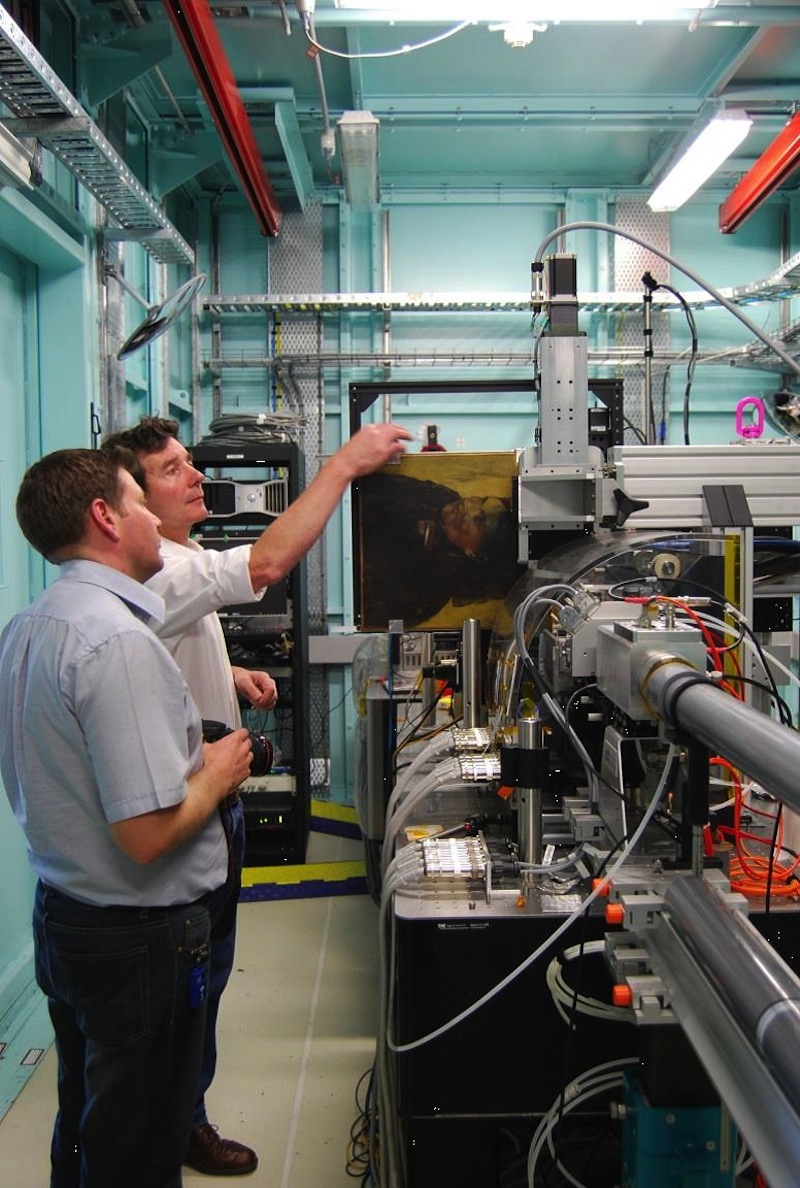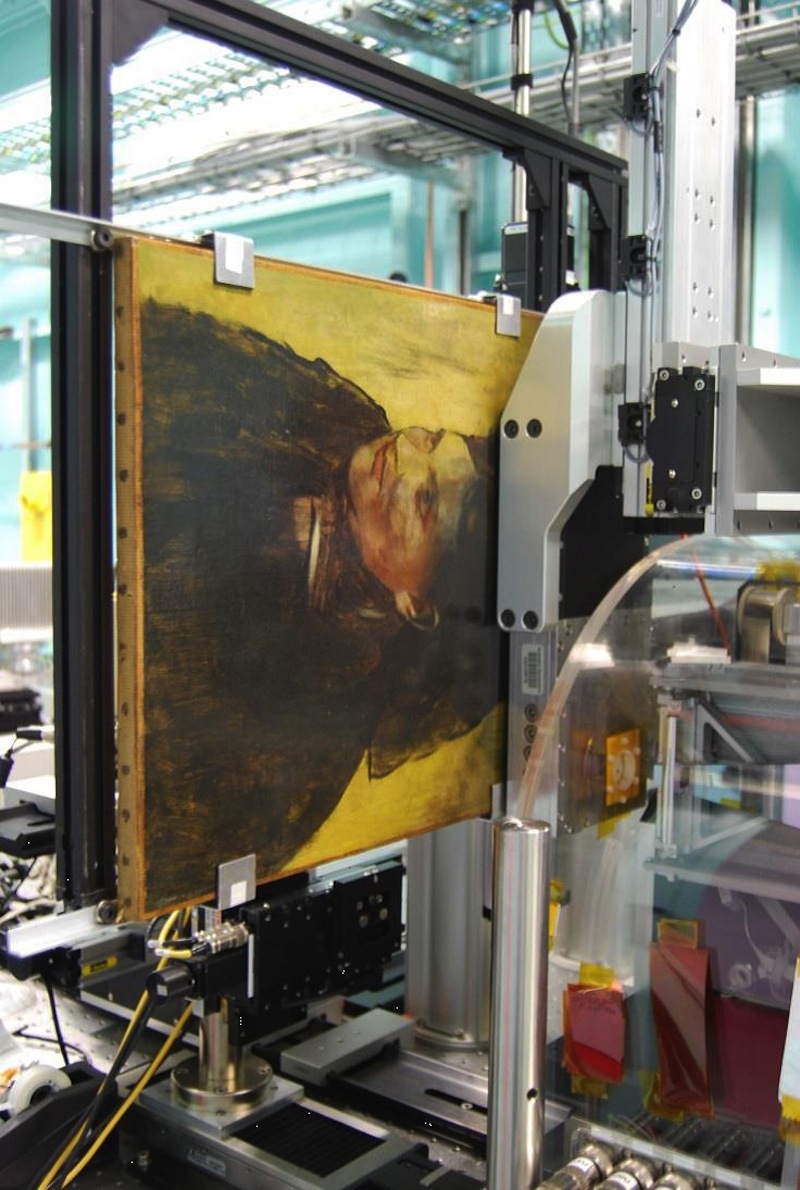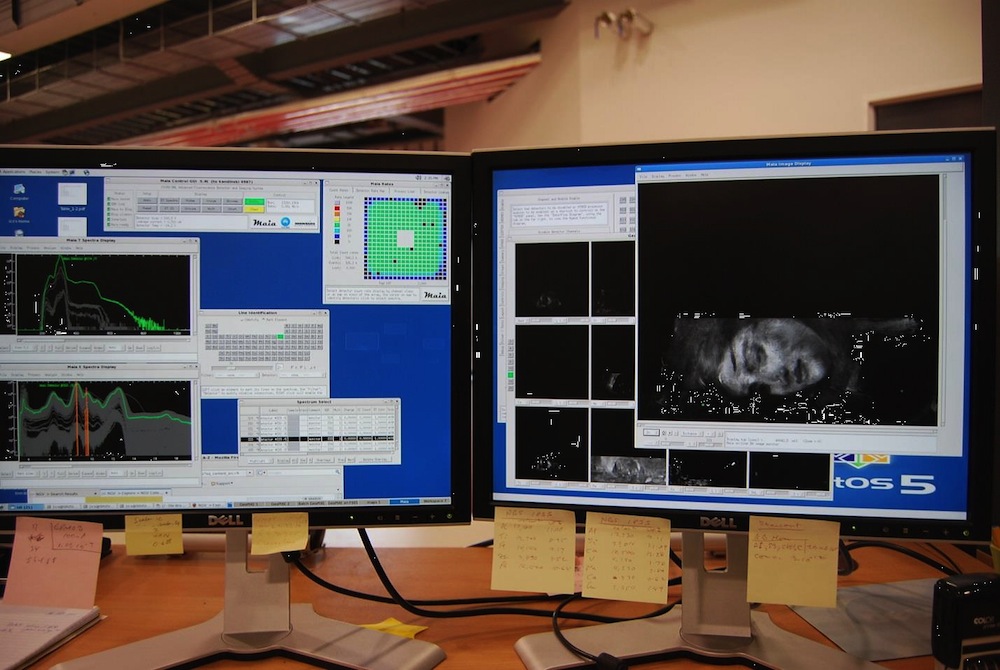Photos: Hidden Portrait by Edgar Degas Revealed with X-Rays
Portrait of a woman

Researchers in Australia have solved the riddle of an Edgar Degas portrait that was painted over top of an earlier portrait by the artist.
Degas painted "Portrait of a Woman" between 1876 and 1880, and it was purchased by the National Gallery of Victoria in Australia in 1922.
Since the painting arrived in Australia, a discoloration across the face in the portrait, caused by pigments from the earlier painting underneath, has slowly become more visible.
Peering through

Photographs of the painting taken in X-rays and infrared light revealed the ghostly image of a different woman — the traces of an earlier portrait by Degas that he painted on the same canvas, but upside down.
But these techniques were unable to reveal more details in the hidden painting, or to provide any clues about the identity of the mysterious woman in the portrait.
X-ray eyes

New research published in the journal Scientific Reports describes a successful effort to solve the riddle of Degas' hidden portrait, by using X-ray fluorescence and other techniques to map the metal elements in the pigments of the painting.
The research required placing the valuable painting in a moving cradle between a stationary X-ray beam and specialized X-ray detector at the Australian Synchrotron in Melbourne.
What lies beneath

The intense X-ray beam from the synchrotron source causes metal atoms in the pigments of the painting to fluoresce at characteristic X-ray frequencies, which can be measured simultaneously by the detector.
It took 33 hours to precisely scan the painting by moving it slowly across the X-ray beam, while measuring the X-ray response from each pixel-sized area of the canvas.
Mapping the painting

After what they described as a "long night" monitoring the X-ray scanning process, the researchers got their first look at the hidden portrait — a face that has not been seen in more than 100 years.
The specialised X-ray detector allowed the researchers to monitor the data in real time as the experiment progressed. This photograph shows the first images of the face in the hidden portrait, based on a map of zinc atoms in the pigments of the painting.
Hidden portrait

The researchers developed special image processing software to work with very large sets of data from the X-ray scanning process, and used it to recreate the hidden image based on different pigments identified in the painting.
The final result is detailed enough to allow the researchers to make a positive identification of the woman in the hidden portrait as Emma Dobigny, an artist's model who sat for Degas and other painters in Paris in the 1860s and 1870s.
The lead author of the latest research, conservator David Thurrowgood, said the hidden image appears to be almost identical to another rarely seen portrait of Dobigny by Degas.
Get the world’s most fascinating discoveries delivered straight to your inbox.
Tom Metcalfe is a freelance journalist and regular Live Science contributor who is based in London in the United Kingdom. Tom writes mainly about science, space, archaeology, the Earth and the oceans. He has also written for the BBC, NBC News, National Geographic, Scientific American, Air & Space, and many others.


